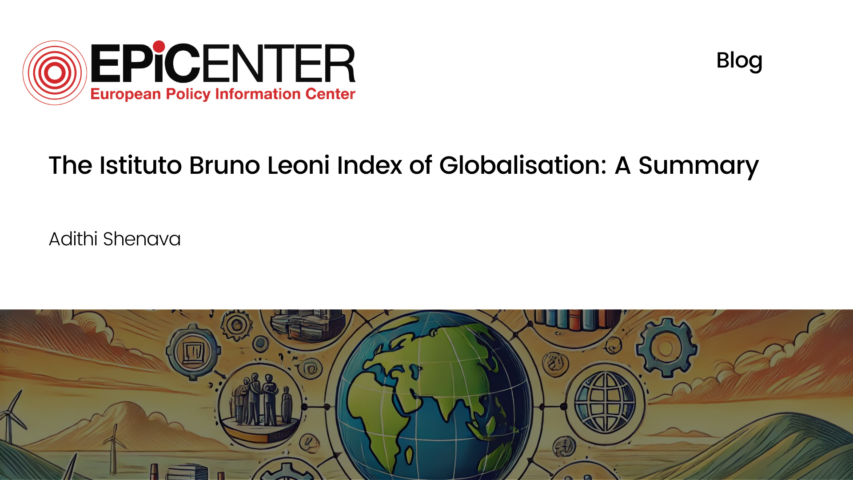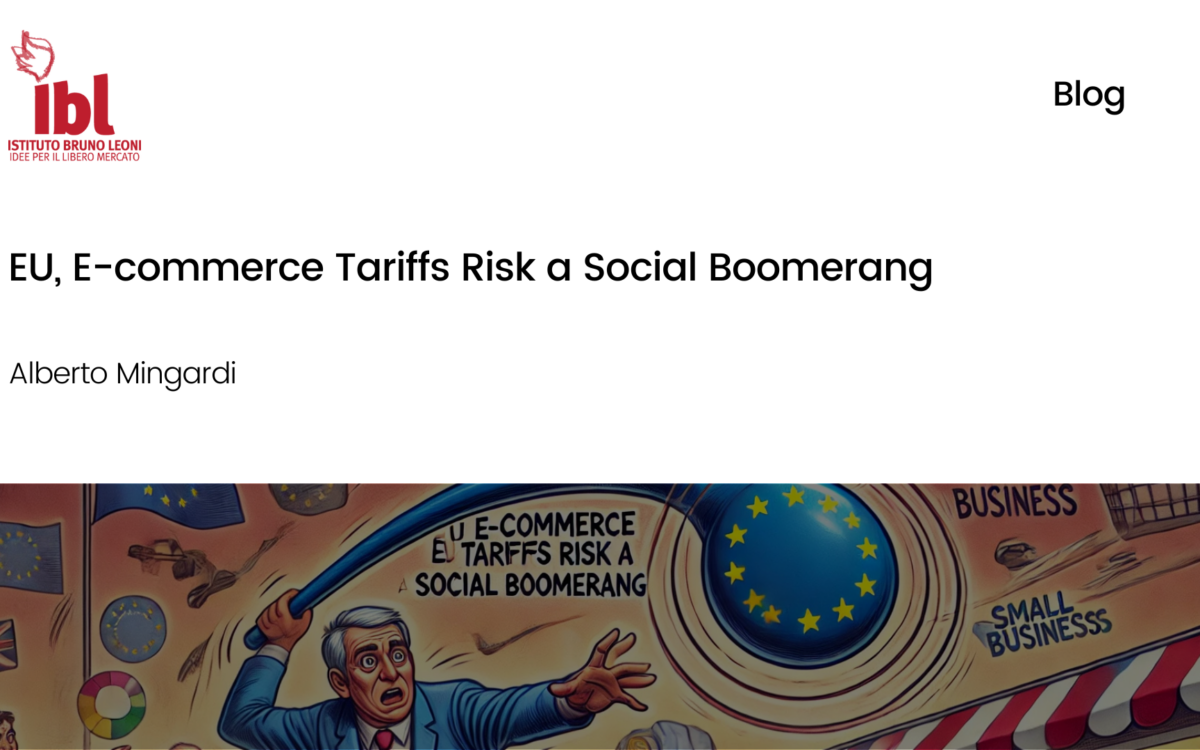The Istituto Bruno Leoni Index of Globalisation: A Summary

The Istituto Bruno Leoni Index of Globalisation: a Summary
Adithi Shenava // 07 April 2017
On 28 March, EPICENTER’s Italian partner, the Istituto Bruno Leoni (IBL), published its Index of Globalisation. The index covers 39 countries, including members of the G20 and the European Union, for a period of twenty-two years (1994-2015).
In order to measure the degree of globalisation of the individual countries and to test the corresponding effects, the index was based on three macroeconomic indicators:
1. The exposure of countries to global trade, which was represented by the sum of imports and exports in proportion to the GDP of each country.
2. The ability of countries to attract or generate FDI, which was measured by incoming and outgoing flows of investments in each country.
3. The degree of connectivity of a country and their participation in world markets of knowledge, which was measured by a weighted sum of users of landlines, mobile phones and the internet.
To best demonstrate the relative position of countries and the gradual increase or decrease in globalisation over time, each country is compared with a reference value referred to as ‘the border’, which represents a hypothetical country where all three variables record the lowest possible level. Therefore, the greater the distance between a country and ‘the border’, the higher the score awarded, representing a higher degree of globalisation.
Ireland and Malta emerged as the top performers for 2015. They have consistently ranked highly over the last 22 years both on the IBL and KOF Swiss Economic Institute’s globalisation indices. At a first glance, it may appear counterintuitive that the United States is ranked as significantly less globalised than Ireland, but it becomes evident once you realise that smaller countries are forced to achieve a high degree of integration with foreign countries, since their own internal market cannot produce the goods and services that consumers want. Whereas, protectionist measures are more viable in larger countries, since they are less reliant on international trade. This difference in protectionist measures between larger and smaller countries is illustrated clearly in the graph below (Evenett and Fritz 2016).
From the index, you can observe how the average level of globalisation follows an upward trend before the start of the Great Recession and then nearly stagnates in the years after 2008, with only a slight recovery in the last two years. Interestingly, in 1994, the first year for which the index was compiled, the United States was ranked in seventh place, whereas the largest European economies were all trailing behind at around the 15th place. But gradually, they have been able to overtake the US, which could be attributed to the success of the EU in reducing restrictions on trade. However, since 2016, there has been a continued trend towards the adoption of protectionist measures, exemplified by the abandonment of the negotiations on the two main multilateral treaties (TPP and TTIP), resulting in a halt in the expansion of globalisation.
The IBL Index of Globalisation not only maps the level of openness that national policies produce, but by correlating the index with other variables it can be used to establish the various consequences of globalisation. It was found that the IBL index is positively correlated with GDP per capita, gender equality in access to education and environmental quality, whilst being negatively correlated with unemployment, demonstrating the positive case for further globalisation.
Globalisation has also enabled an unprecedented reduction in poverty worldwide (Harrison 2006) and is expected to ensure a future decline in global inequality, with the global GINI index for income forecasted to drop to 61 in 2035 from its position of 65 in 2013 (Hellebrandt and Mauro 2015). Of course, one must always remember correlation does not equal causation, however this positive characterisation of globalisation is corroborated by existing literature.
On top of this, the report highlights that not all of the apparent ‘evils’ associated to globalisation depend, actually, on the internationalisation of trade; for instance with the case of blue-collar job losses, automation has actually played a greater role. Additionally, even in the most ‘affected’ countries, the reduction in employment in certain sectors has not necessarily translated into a reduction in employment in general: in fact, globalisation has created new jobs in other areas (in particular in services) which in most cases has more than offset the loss of jobs and income in the manufacturing industry (OECD 2011).
Amidst the misperceptions surrounding globalisation and its consequences for society, IBL’s index offers much needed clarity. Not only does it illustrate the positive relationship between globalisation and economic growth, employment and equity, but it also emphasises the role policy-makers play in determining the future of globalisation. Globalisation is not an inevitable phenomenon, and instead the choices that are being made today about the internationalisation of trade, are imperative for the stability of the future economy. The IBL Globalisation index stands as another warning against the growing retreat from globalisation.
You can explore the full report in Italian here.
EPICENTER publications and contributions from our member think tanks are designed to promote the discussion of economic issues and the role of markets in solving economic and social problems. As with all EPICENTER publications, the views expressed here are those of the author and not EPICENTER or its member think tanks (which have no corporate view).





